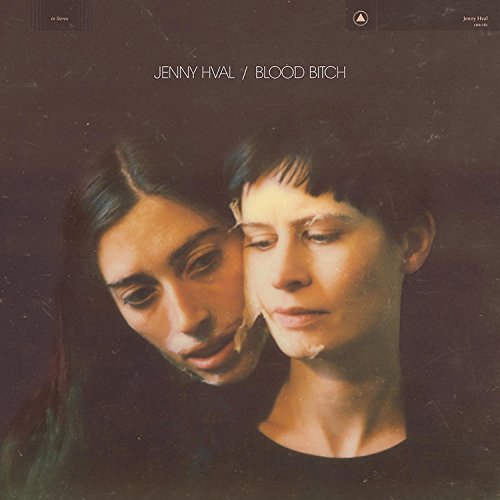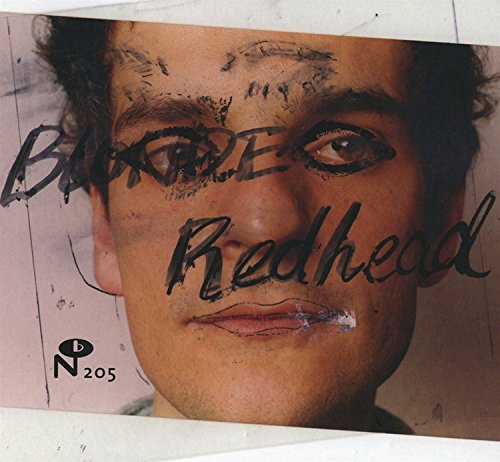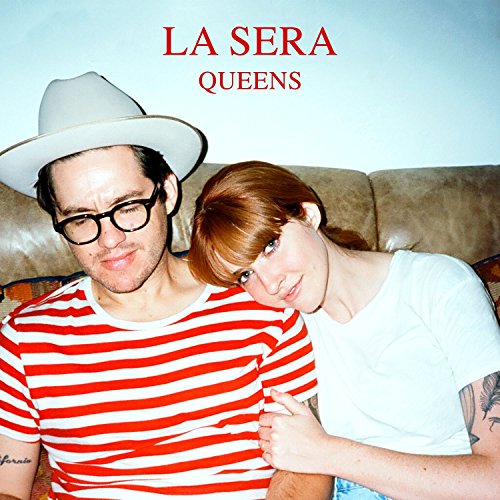What the pop papers say: Indie in peril
Perhaps the NME is having a little joke, slapping yet another Libertines cover on the front of an issue in which is frets over the future of indie music.
It's thinky-piece is inspired by another in Music Week, which ran some statistics suggesting "sales of rock and indie [singles] have nosedived" while urban and pop have increased. Nicky Wire's theatrical yawning over the current state of music - a tradition as old and regular as The Queen's Christmas Speech - has also been stirred into the mix.
Naturally, any subscriber to Music Week would simply shrug here; music goes through cyclical boom-and-busts; sometimes Abba does well; sometimes the sales go to Oasis.
In fact, any subscriber to Music Week would not even bother shrugging; telling the music industry that pop and urban are doing better than rock is like telling a baker demand for macaroons is up while eccles cakes are struggling; for them, it's nuances on the total sales, not really a matter of great concern.
The conflation of 'rock' and 'indie' into one great supersegment perhaps suggests part of the reason why guitars are struggling a bit down at the sales floor - they shouldn't be the same thing at all, and yet who can really argue there's a reason to treat Guns N Roses, Kings Of Leon and The Cribs as if they were different beasts? The product line has been shrunk way too far; why wouldn't you expect people to turn away?
Indie doesn't really have any useful meaning any more, except perhaps when paired with a sneering 'schmindie'; if a genre has lost any distinctiveness, of course it will look dead.
Mind you, judging the health of any type of music simply by looking at chart positions and singles sales is a bit dodgy; it's like counting the number of horseshoes sold to try and work out how many people are making journeys in the UK. The loose correlation might have meant something once, but by now, it's frankly worthless as a measure.
Look at how the NME tries to take The Cribs as a test of indie-health:
The Cribs are a case in point - up until Cheat On Me in 2009, their previous singles had all cracked the Top 40. Cheat On Me entered the charts at number 80. Their next single, this year's Housewife, debuted at 105.There's a few things here - firstly, it assumes that all Cribs singles are equal and equally good.
Secondly, with singles sales quite low, the difference between 105 and 80 - and probably 80 and 40 - is only going to be a handful of sales.
More importantly, Housewife was a "surprise download-only single", so its relatively low sales don't really count. Oh, and none of the singles taken from the first album even troubled the Top 40. And last year's album, Ignore The Ignorant, reached number 8 and went silver, the best performance by a Cribs record yet. So the proof cited here is simply wrong, and even if it was accurate, it wouldn't prove anything anyway.
To be fair, Barry Nicholson does eventually rally his piece, quoting The Wild Beasts' Tom Fleming suggesting Music Week might be a bit irrelevant, and pointing to the buoyant live sales (albeit of The Courteeners), but he still concludes that "indie isn't dead, but it is hurting". But indie is dead, Barry. Interesting music on the margins isn't, and we should be celebrating that the plodding constraints of the mangled indie brandings are finally slipping away.
A little box suggests there's a bright future, and includes The Kings Of Leon in there. Perhaps the NME is having a little joke, like suggesting tumours might be a cure for cancer.









6 comments:
Are any of these bands mentioned actually on true independent labels? What I suspect they mean is Indie as a co-opted term meaning "a carefully styled guitar band signed to a major label but sold as an alternative act"
Yup that sort of Indie can't die soon enough for my liking
In my breath away from turning 40 world, indie never got in the national charts anyway, it was a dreadful handheld camera videos or music playing over a picture of the band on the chartshow. The biggest bands never came close to playing the venues that Kings Of Leon played, and only the likes of The Wedding Present in their RCA days played the venues The Cribs play.
the NME lumping 'indie' and 'rock' together is something that intrigued me. Like they're trying to divert the gaze away from the actual fact of the matter, which is that 'music that NME covers' is not doing terribly well anywhere (unless you count being the soundtrack to station idents on E4 as a marker of success) while 'everything not that' is having a better time of it.
in general, a band that Kerrang feature on the cover will be playing venues of a couple of thousand capacity, whereas an NME cover band (not counting the Oasis, Libertines etc. covers that get dragged out after every couple of months of further decline) are lucky if they could do two nights at a Barfly.
Its not 'guitar music' as a whole that's in decline, just the crap they cover.
Manic Street Preachers are actually an excellent illustration of how singles chart positions only tell half the story. Add in the album positions:
2004:
Lifeblood 13 (two number 2 singles)
2007:
Send Away The Tigers 2 (one number 2 single)
2009:
Journal for Plague Lovers 3 (no top 40 singles)
This time round (and back to a more radio friendly sound) the single scraped into the top 40, but in all probability another top 5 album.
Basically the bottom falling out of the physical singles market around 2008 and them becoming all but unavailable hit NME-type music harder than anyone else - while their fans have stayed loyal to albums and gigs they have no incentive to buy download singles and then the album and pay for the same thing twice.
Couple this with the fact that the same bands received an artificial chart position boost earlier in the decade during the transition to downloads (as the same fans stuck doggedly to physical singles longer than anyone else - those two number 2 singles from Lifeblood were both amongst the lowest selling ever) and you have what looks like a precipitous decline but doesn't really say much about overall desire for that type of music.
Even at the height of the Manics popularity in 1998 they had one of the lowest selling No.1's of the year with If You Tolerate This. The harcore fans put it to No.1 in it's first week but the more casual fans just bought the album which was a big seller. The same would apply to U2's Vertigo. Both songs were genuinely huge hits (unlike a lot of the boyband chart toppers of that era) but they didn't really appeal to the singles market.
"in general, a band that Kerrang feature on the cover will be playing venues of a couple of thousand capacity, whereas an NME cover band (not counting the Oasis, Libertines etc. covers that get dragged out after every couple of months of further decline) are lucky if they could do two nights at a Barfly.
Its not 'guitar music' as a whole that's in decline, just the crap they cover."
I'm not sure about the live performance but Kerrang bands aren't performing anywhere near as good in the mainstream as they were a decade ago. Back than Limp Bizkit topped both singles and album charts at the same time, Linkin Park had a huge hit album with Hybrid Theory, even Papa Raoach reached No.3 while something like Teenage Dirtbag had had a certain level of appeal to this audience. Theres nothing like this today. The only guitar music that seems to be selling is the stuff that crosses over between NME and Kerrang audiences (KOL, Muse, Biffy)
Post a Comment
As a general rule, posts will only be deleted if they reek of spam.